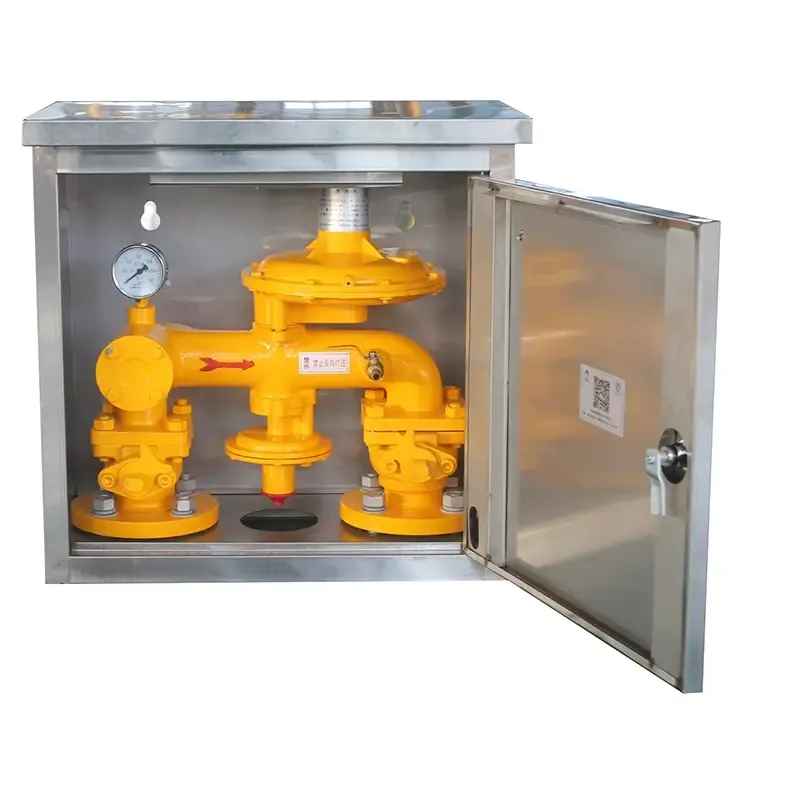
Nov . 05, 2024 14:54
Back to list
relief valve
Understanding Relief Valves Key Components in Pressure Regulation
Relief valves play a critical role in various industrial applications, ensuring safety and efficiency in systems where pressure regulation is essential. These valves are designed to open automatically at a preset pressure to divert excess pressure from a system, preventing possible damage or catastrophic failure.
The basic principle behind a relief valve is relatively simple. When the pressure in a system exceeds the predetermined threshold, the valve opens, allowing fluid to escape and thereby reducing pressure within the system. This mechanism is crucial in systems such as boilers, pressure vessels, pipelines, and hydraulic devices, where uncontrolled pressure buildup can lead to dangerous situations.
Types of Relief Valves
Relief valves come in different types, each suited for specific applications. The two most common types are the spring-loaded relief valve and the pilot-operated relief valve.
1. Spring-Loaded Relief Valves These valves are equipped with a spring that holds the valve seat closed until the system pressure exceeds the set limit. At this point, the force from the fluid pressure lifts the valve seat, allowing flow. They are straightforward, reliable, and often used in smaller systems.
2. Pilot-Operated Relief Valves These valves use a pilot mechanism to control the main valve. When the system pressure rises, the pilot initiates the opening of the main valve, allowing for precise control over the pressure levels. These valves are typically employed in larger systems where more granular pressure regulation is required.
relief valve

Applications of Relief Valves
Relief valves are used in a diverse range of industries, including oil and gas, chemical processing, water treatment, and power generation. For instance, in a steam boiler, relief valves protect against the buildup of steam pressure, which could lead to boiler explosions. In hydraulic systems, they help in managing fluid pressure to ensure the safe operation of machinery.
Importance of Maintenance
Regular maintenance of relief valves is critical to ensure their reliability and effectiveness. Over time, these valves can become clogged with debris or experience wear and tear, leading to failure when needed most. It is essential to conduct routine inspections and tests to confirm that the valves are functioning correctly and to replace them as necessary.
Conclusion
In summary, relief valves are indispensable components in pressure management across various industries. They provide a safeguard against the dangers of overpressure, ensuring both safety and operational efficiency. Understanding how these valves work and their importance can help industries prevent accidents and maintain seamless operations. Regular maintenance and proper installation can further enhance their reliability, making them a vital part of any pressure management strategy. As industries continue to evolve, the role of relief valves remains crucial in promoting safety and efficiency in high-pressure environments.
Next:
Latest news
-
Safety Valve Spring-Loaded Design Overpressure ProtectionNewsJul.25,2025
-
Precision Voltage Regulator AC5 Accuracy Grade PerformanceNewsJul.25,2025
-
Natural Gas Pressure Regulating Skid Industrial Pipeline ApplicationsNewsJul.25,2025
-
Natural Gas Filter Stainless Steel Mesh Element DesignNewsJul.25,2025
-
Gas Pressure Regulator Valve Direct-Acting Spring-Loaded DesignNewsJul.25,2025
-
Decompression Equipment Multi-Stage Heat Exchange System DesignNewsJul.25,2025

